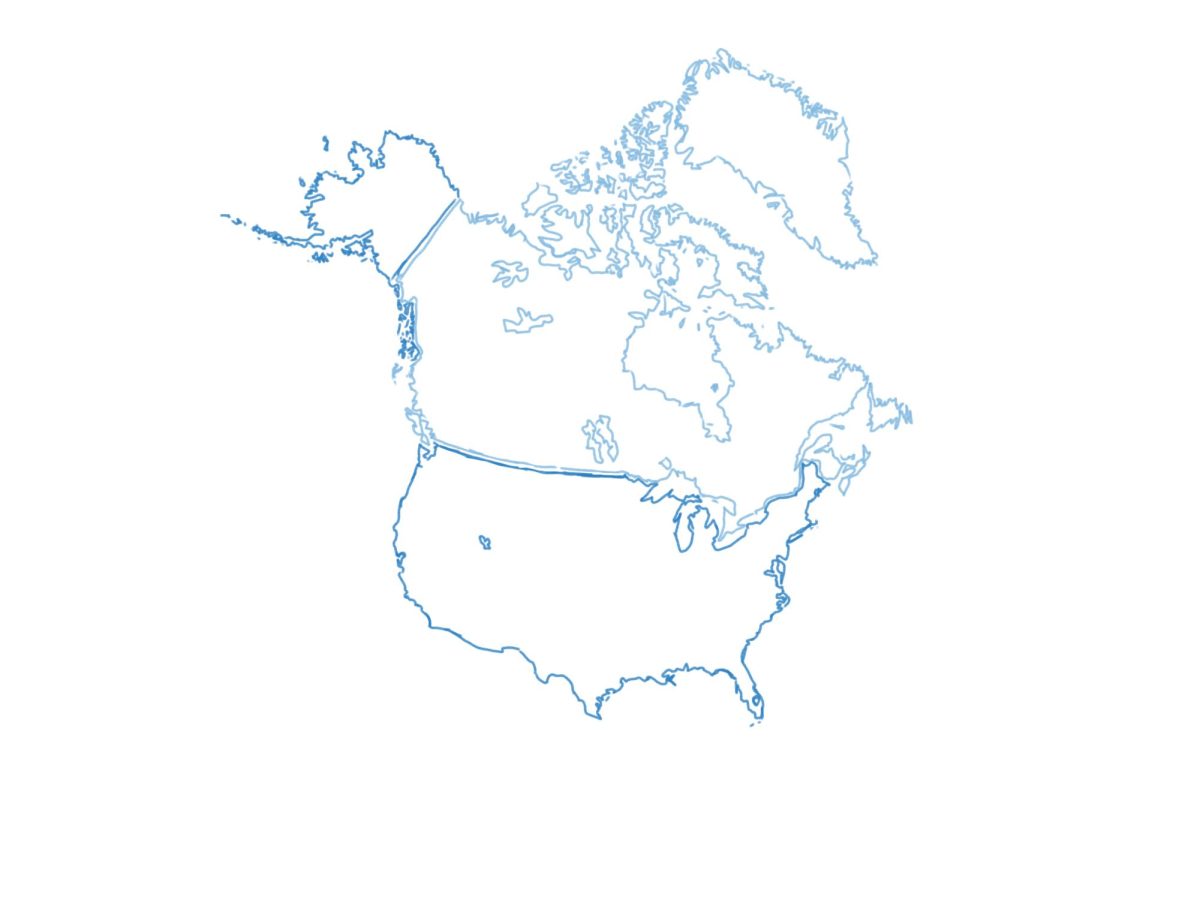It has so far been a chaotic year for some large companies. Alaska Airlines, the Wall Street Journal and Paramount Pictures have all made layoffs and/or face lawsuits.
For Alaska Airlines, it all started when their Flight 1282 departed from Portland headed for Ontario, Calif., on Jan. 5. Shortly after takeoff, a door panel flew off the plane. This resulted in many frightened passengers and some minor injuries. Some reported bloody ears from the immense pressure, and many on the flight reported trauma.
This led to three passengers suing in a $1 billion lawsuit against Boeing and Alaska Airlines. Investigators reported that the plane door was not properly bolted on and, therefore, was sucked out of the plane.
As millions of people travel by plane every day, there is pressure on airlines to ensure safer conditions. Plane travel is essential to our world, and it is an immense part of the global economy.
In late January, the Wall Street Journal planned to lay off some employees, but also bring in new ones. This included a shift from being based in Washington to New York for economic reasons.
The Wall Street Journal is one of the largest newspapers and news sources in the US, and these layoffs proved to be distressing for other news companies. The move to a smaller staff at a major news organization led to speculation about the company’s future and the continued decline of objective news coverage in the US. Paramount Pictures also had layoffs to deal with, but on a much larger scale than at the Wall Street Journal. Paramount Pictures Chief Executive Officer (CEO) Bob Bakish decided in February to lay off nearly 800 employees. He stated that Paramount Pictures was forced to cut costs.
In September of 2023, the Screen Actors Guild-American Federation of Television and Radio Artists (SAG-AFTRA) led a strike that lasted over two months. , This is similar to the current unrest at Paramount, as employees’ jobs were eliminated.
SAG-AFTRA advocates for human workers to keep their jobs in this age of Artificial Intelligence(AI), especially in corporations with large amounts of money who can invest in technology.
The heightened threat of AI replacing humans seems to be becoming more plausible. This same scare could also occur in many other industries, as AI doesn’t require pay, but gets the job done.
COVID-19 left many companies unstable, especially on the employment side, and the effects are residual to this day. In many cases, it looks to be a domino effect of ongoing struggle for companies that have had to lay off employees or pay them less to stay afloat.
Tualatin High School senior Fifi Karam reflected on her experience with employment.
“I feel like lately it’s so much easier getting a job when you have connections, like a friend, a relative, or someone with some power,” Karam said. “Even though I’ve worked so many jobs in the past, I’d assume that is enough experience for the hiring process, but I guess not. It just feels like luck at this point.”
Getting and keeping a job can be tough, especially for a student with limited experience. As the threat of AI replacing jobs looms, companies continue to cut labor costs without thinking about the people’s lives these decisions affect.






